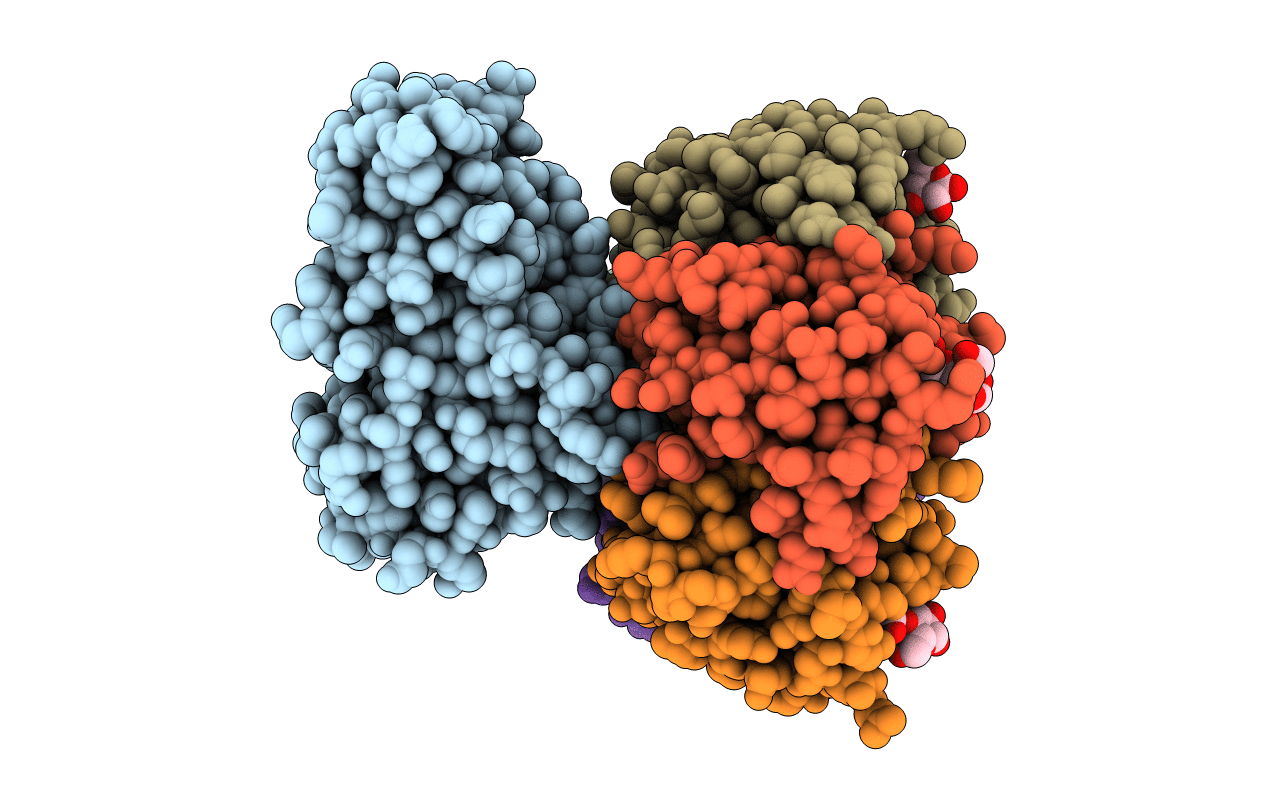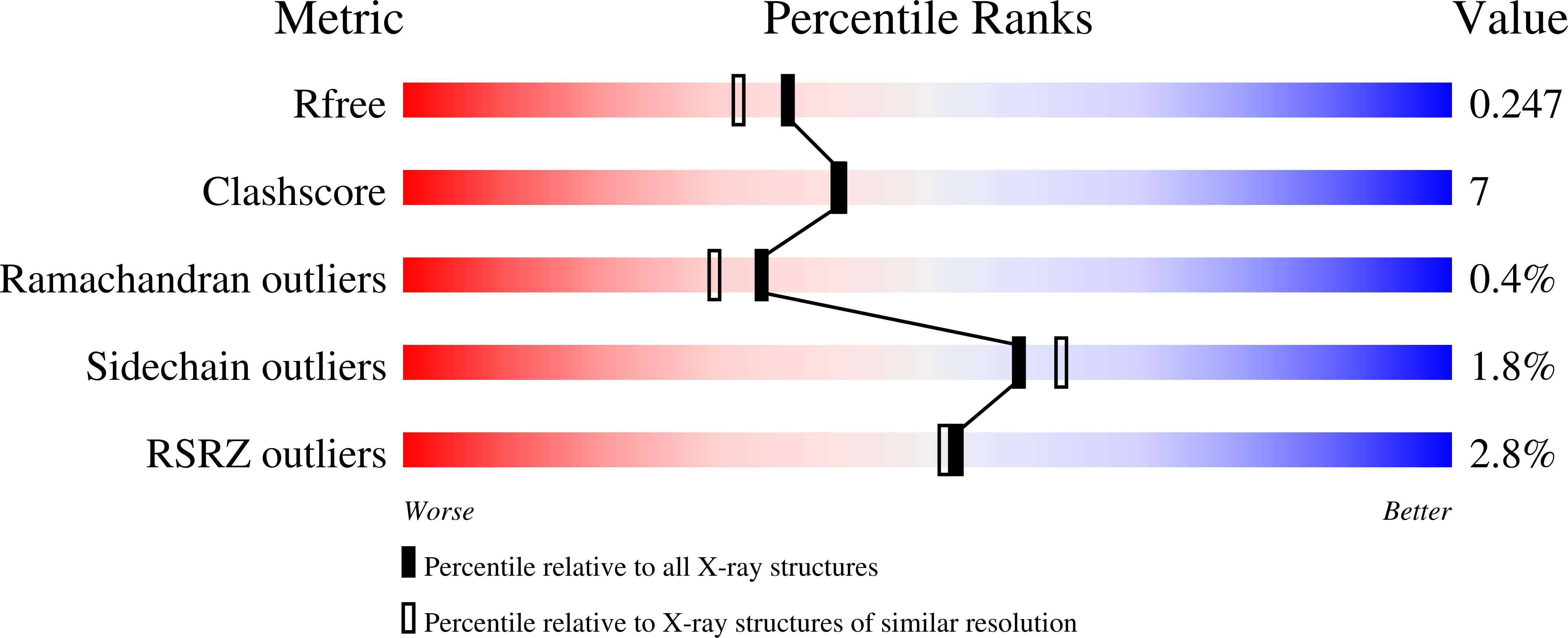
Deposition Date
1997-04-12
Release Date
1997-07-07
Last Version Date
2024-10-30
Method Details:
Experimental Method:
Resolution:
2.00 Å
R-Value Free:
0.26
R-Value Work:
0.18
R-Value Observed:
0.18
Space Group:
P 21 21 21


